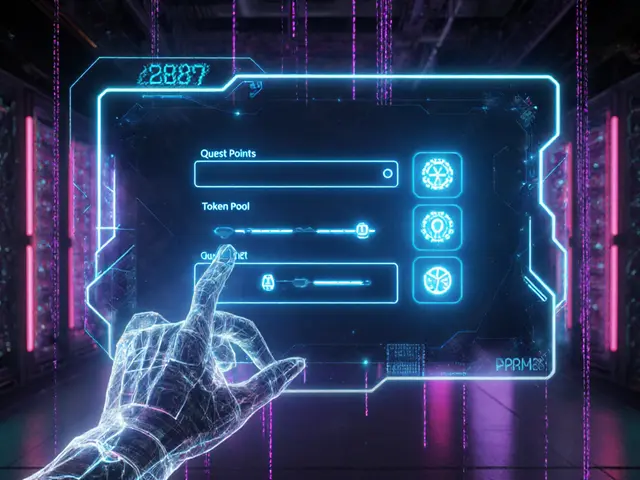Velas Token: What It Is, How It Works, and Why It Matters in DeFi
When you hear Velas token, the native cryptocurrency of the Velas blockchain, a high-speed EVM-compatible network designed for scalable DeFi applications. Also known as VLX, it’s not just another coin—it’s the fuel for one of the few blockchains using machine learning to optimize consensus. Unlike Bitcoin or even Ethereum, Velas doesn’t rely on manual block validation. Instead, its AI-powered system, called AIVS (Artificial Intelligence Voting System), a dynamic consensus mechanism that predicts network behavior and adjusts validator selection in real time, automatically picks the best validators to process transactions. This cuts confirmation times to under a second and slashes fees, making it ideal for traders and DeFi users who hate waiting or paying gas wars.
The Velas blockchain itself is built to be fully compatible with Ethereum tools, so if you’ve used MetaMask or traded on Uniswap, you can jump right in. That means you can deploy smart contracts, stake VLX, or swap tokens without learning a new system. But here’s the twist: while Ethereum struggles with congestion, Velas handles over 40,000 transactions per second. That’s not theory—it’s live performance. And unlike many Layer 2 solutions that add complexity, Velas does it all on Layer 1. Its proof-of-stake, a consensus model where validators are chosen based on how much VLX they lock up, not their computing power system is energy-efficient and secure, with no mining rigs or massive power bills. That’s why some DeFi projects are moving parts of their infrastructure to Velas—not because it’s trendy, but because it just works better at scale.
But don’t let the speed fool you. Velas isn’t just a tech demo. It’s being used by real DeFi apps for lending, yield farming, and cross-chain bridges. The token isn’t just for trading—it’s used to pay for transactions, secure the network through staking, and vote on upgrades. And unlike many low-cap tokens with no team or roadmap, Velas has been around since 2020, with consistent updates, audits, and partnerships. You won’t find it on every exchange, but it’s live on major ones like KuCoin, Gate.io, and MEXC. If you’re tired of slow networks and high fees, Velas offers a real alternative. Below, you’ll find deep dives into how it compares to other chains, whether staking VLX is worth it, and what red flags to watch for when trading it.




